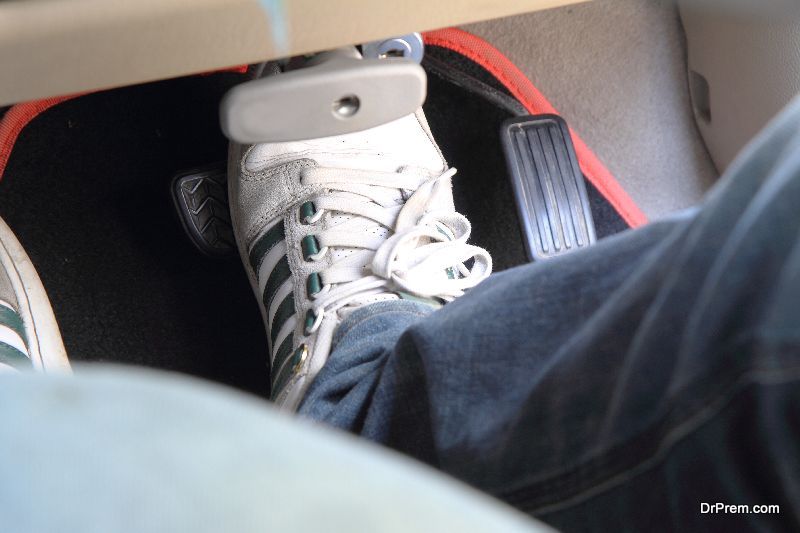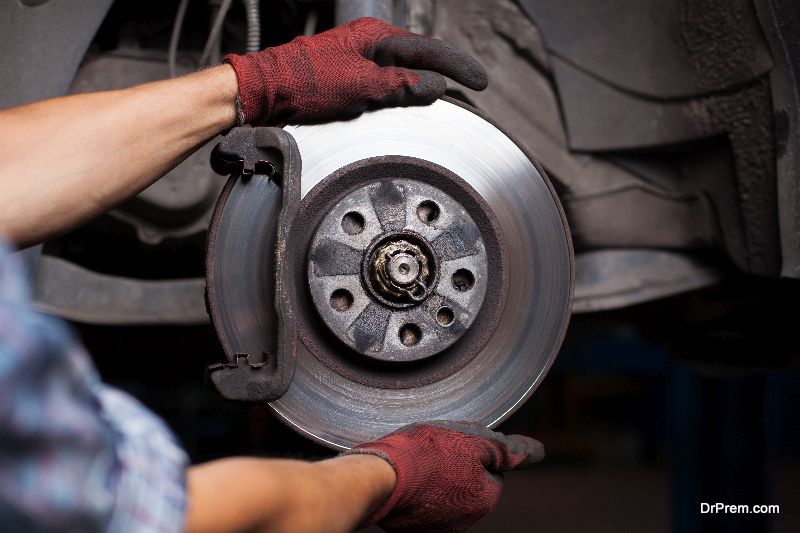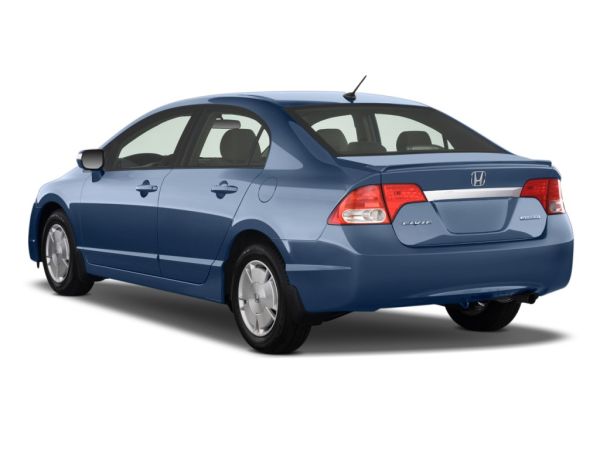Squeaky brakes have been a problem at some point for you if you have owned a car. These brakes, when it comes to function, will perform perfectly but you just can’t seem to stop the shrill sound that accompanies it. It can get worse with time. You may find yourself avoiding to take the car until you get it fixed. Squeaky brakes, in fact are a very common problem and there are ways to get rid of it without ever having a mechanic over or taking your car to the garage. Let’s look at some reasons that result in squeaky brakes to begin with.
Causes:

- Morning squeak because of condensation, overnight rain
- Eroding brake pads can result in wear off noise
- High metal composition brake pads
- Rear drum brake noise from lack of lubrication.
How to fix it
Vibration squeaks
Vibration produces sound. On trying to push the brake components in one or the other direction, if they move with your hands, loose parts are the culprit. These loose parts are vibrating, creating the noise. Tighten the loose parts in the brake assembly to reduce this relative motion. If clips or chocks are damaged or missing, replace with new parts.
Apply a dampening paste
A lot of pastes are available in the market. These pastes create a thin cushion between the brake pads and the caliper assembly. You only need a thin layer of the paste. Apply a layer over the rubbing side of the brake pad. Be sure to give it enough time to dry and it should harden. A few hours should do it. Once applied, the paste will change its color.
The brake noise should stop after the application. If you have to remove the paste, use a degreaser or brake cleaner.
Change brake pads

Some brake pads are designed to make a noise when the brake pad life is about to finish. This squeak helps the car owner to learn that the brake pads ought to be replaced. Check the condition of your brake pad and replace it if it has worn out. If you changed your brake pads some time ago, uneven brake pad wear may have occurred. This causes one side of the pad to rub more than the other side causing a lip formation. If you just sand this lip off the pad, the noise will go away and you can keep using the same pad to extract more life out of it.
Change brake pad material
You may choose to opt for a different brake pad material to get rid of the noise. However, this may reduce the effectiveness of the brake so choose your material carefully. The primary function of a brake is to reduce the speed/stop your car so it is generally a good idea to use a brake pad with similar composition as your original. Other brake pad materials that can be used are organic, metallic and semi-metallic. Opt for brake pads that also have a lubricator like graphite, brass added as a constituent.
Scored drum

A worn out drum may result in the fluttering of the brake pad in the brake assembly. This scoring or grooving can be checked visually by using a comparator gauge. Another idea is to write on the rotor with a ball point pen. If the line is not straight, there is either too much grease on the rotor or it has become too rough. This can be rectified using a rotor lathe if the wear is not too deep.
Conclusion
Squeaky brakes are a common problem but luckily, there are easy and cheap fixes available. These can very well lead to quiet brakes from noisy ones and you can have your vehicle operating in silence as we all like it. All these fixes suppress the noise or change the resonant frequency of the brake assembly to the point where they stop shrieking altogether.


